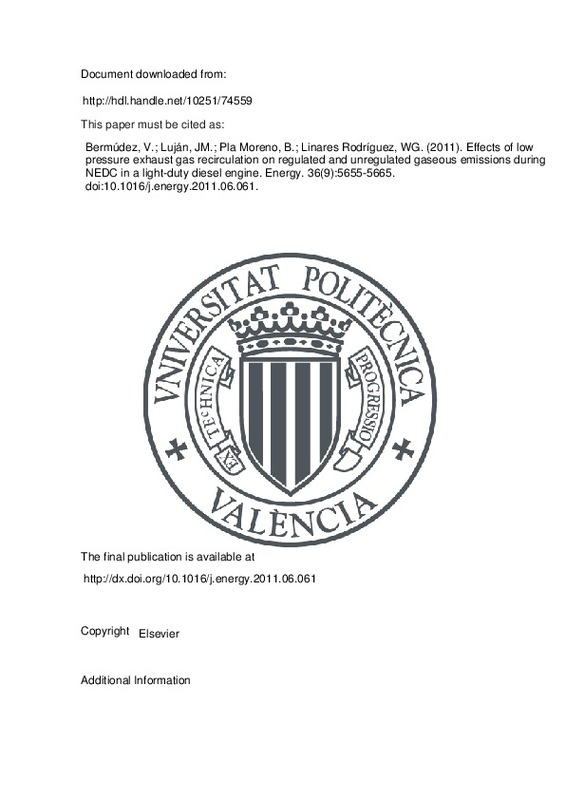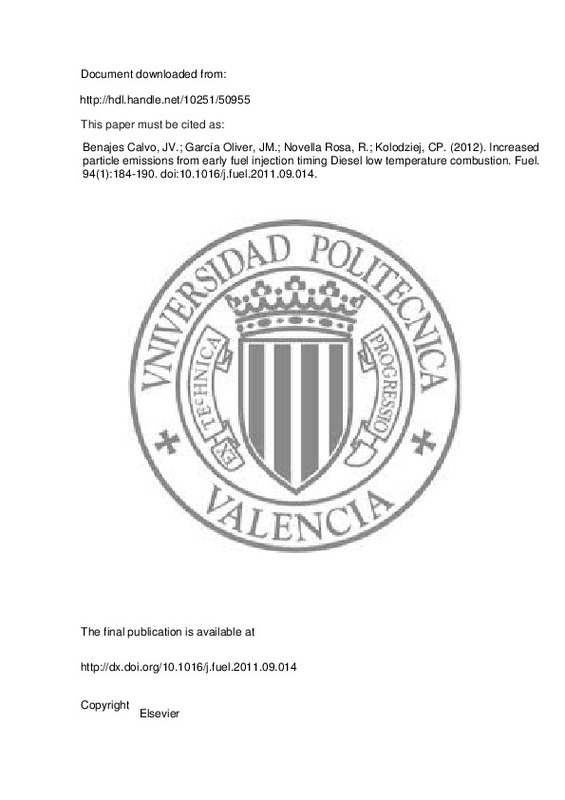Moset, V.; Cambra López, M.; Estellés, F.; Torres Salvador, AG.; Cerisuelo, A. (2012). Evolution of chemical composition and gas emissions from aged pig slurry during outdoor storage with and without prior solid separation. Biosystems Engineering. 111(1):2-10. doi:10.1016/j.biosystemseng.2011.10.001
Por favor, use este identificador para citar o enlazar este ítem: http://hdl.handle.net/10251/63891
|
Título:
|
Evolution of chemical composition and gas emissions from aged pig slurry during outdoor storage with and without prior solid separation
|
|
Autor:
|
Moset, V.

 Cambra López, María
Estellés, F.
Torres Salvador, Antonio Germán
Cerisuelo, Alba
Cambra López, María
Estellés, F.
Torres Salvador, Antonio Germán
Cerisuelo, Alba
|
|
Entidad UPV:
|
Universitat Politècnica de València. Departamento de Ciencia Animal - Departament de Ciència Animal
Universitat Politècnica de València. Instituto de Ciencia y Tecnología Animal - Institut de Ciència i Tecnologia Animal
|
|
Fecha difusión:
|
|
|
Resumen:
|
Chemical composition and gas emissions from two types of pig slurry were evaluated: the liquid fraction of mechanical solid-liquid separated slurry (SS), and raw slurry (RS). The slurry was obtained at the end of a pig ...[+]
Chemical composition and gas emissions from two types of pig slurry were evaluated: the liquid fraction of mechanical solid-liquid separated slurry (SS), and raw slurry (RS). The slurry was obtained at the end of a pig fattening period and was stored in 100 l vessels for 15 weeks simulating outdoor storage conditions. During this period, representative samples were taken and analysed for chemical composition. Methane, carbon dioxide, ammonia, water vapour and nitrous oxide emissions were recorded. The results showed a high biological degradation during the first five weeks of outdoor storage in SS and RS slurries, as a result of an increase in the dissolved chemical oxygen demand, volatile fatty acids and carbon dioxide emission observed in this period. However, methanogenic activity was not evident until week 6 of storage in both slurries, confirmed by the volatile fatty acids accumulation and the negligible methane emissions during the first five weeks of storage. The results showed that differences in the initial slurry organic matter content, influenced by solid separation process affects the evolution pattern of the organic matter degradation. Storage time can considerably affect the biodegradability of organic matter in pig slurry. © 2011 IAgrE.
[-]
|
|
Palabras clave:
|
Biological degradation
,
Carbon dioxide emissions
,
Chemical compositions
,
Dissolved chemicals
,
Liquid fraction
,
Methane emissions
,
Methanogenic activity
,
Nitrous oxide emissions
,
Organic matter content
,
Pig slurries
,
Representative sample
,
Solid separation
,
Solid-liquid
,
Storage condition
,
Storage time
,
Water vapour
,
Biodegradation
,
Biogeochemistry
,
Biological materials
,
Biology
,
Carbon dioxide
,
Chemical oxygen demand
,
Degradation
,
Dissolved oxygen
,
Global warming
,
Liquids
,
Mammals
,
Methane
,
Nitrogen oxides
,
Organic compounds
,
Separation
,
Slurries
,
Slurry pipelines
,
Volatile fatty acids
,
Gas emissions
,
Suidae
|
|
Derechos de uso:
|
Reserva de todos los derechos
|
|
Fuente:
|
Biosystems Engineering. (issn:
1537-5110
) (eissn:
1537-5129
)
|
|
DOI:
|
10.1016/j.biosystemseng.2011.10.001
|
|
Editorial:
|
Elsevier
|
|
Versión del editor:
|
http://dx.doi.org/10.1016/j.biosystemseng.2011.10.001
|
|
Agradecimientos:
|
This work was supported by the Agrobiogas project financed by the Agroalimed Foundation of the Conselleria de Agricultura, Pesca, Alimentacion y Agua of Valencia, Spain.
|
|
Tipo:
|
Artículo
|







![[Cerrado]](/themes/UPV/images/candado.png)




